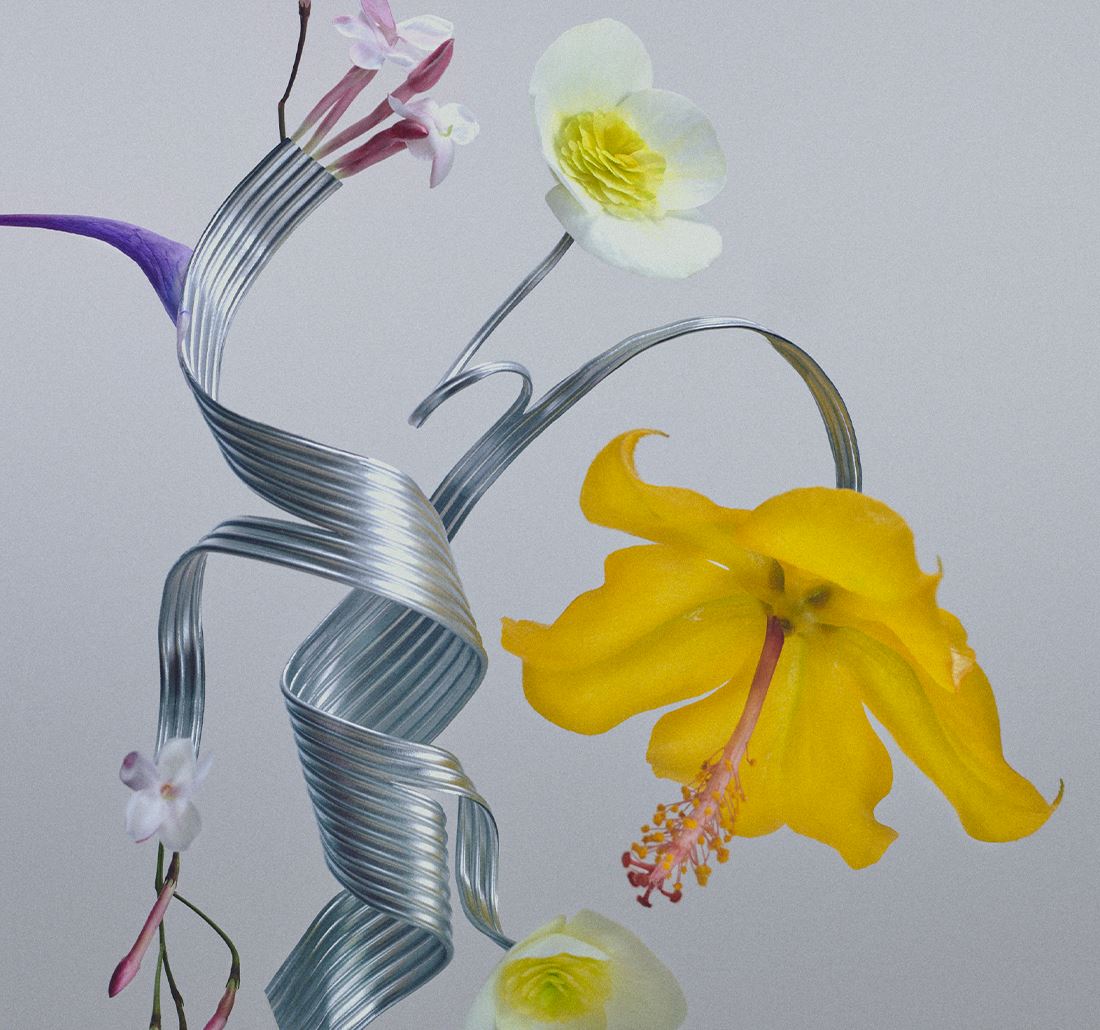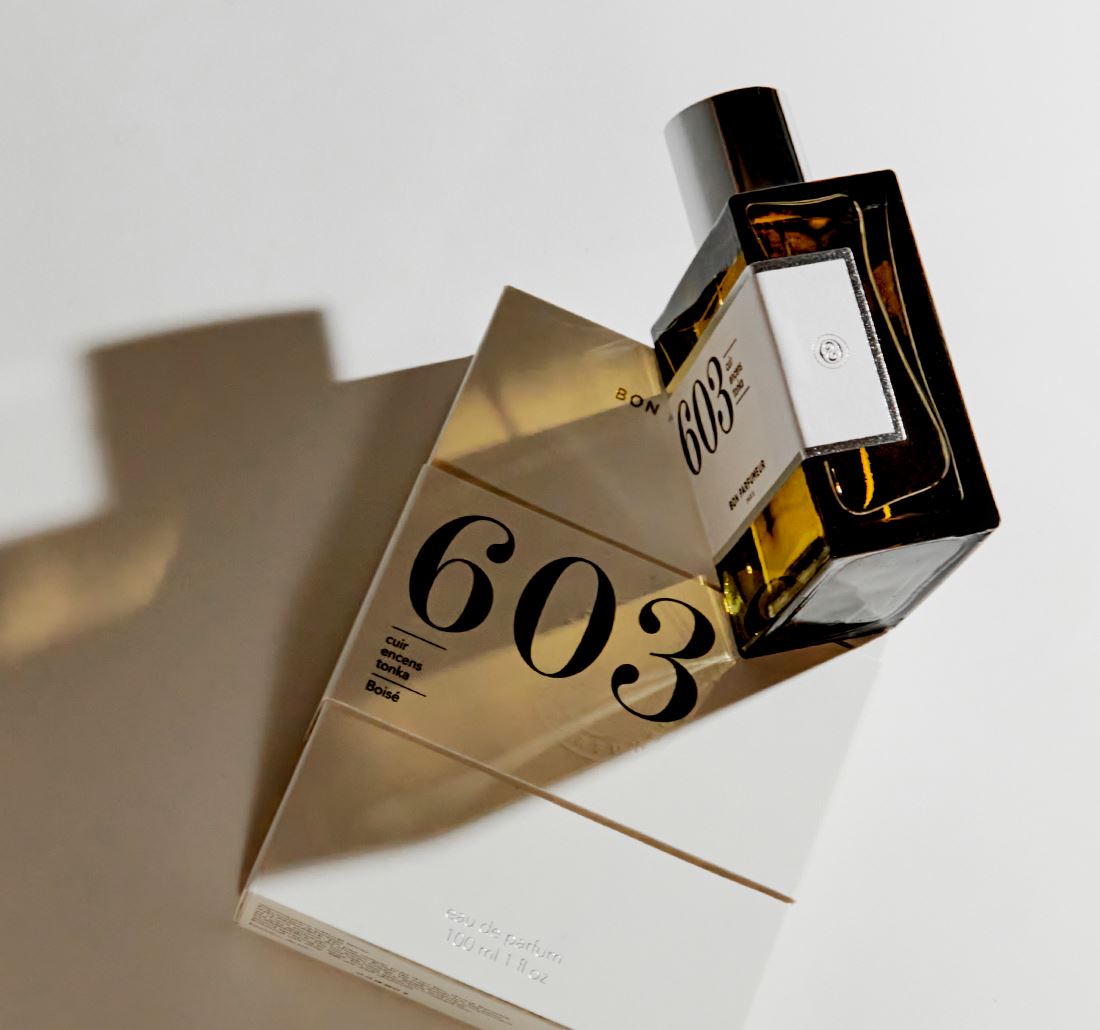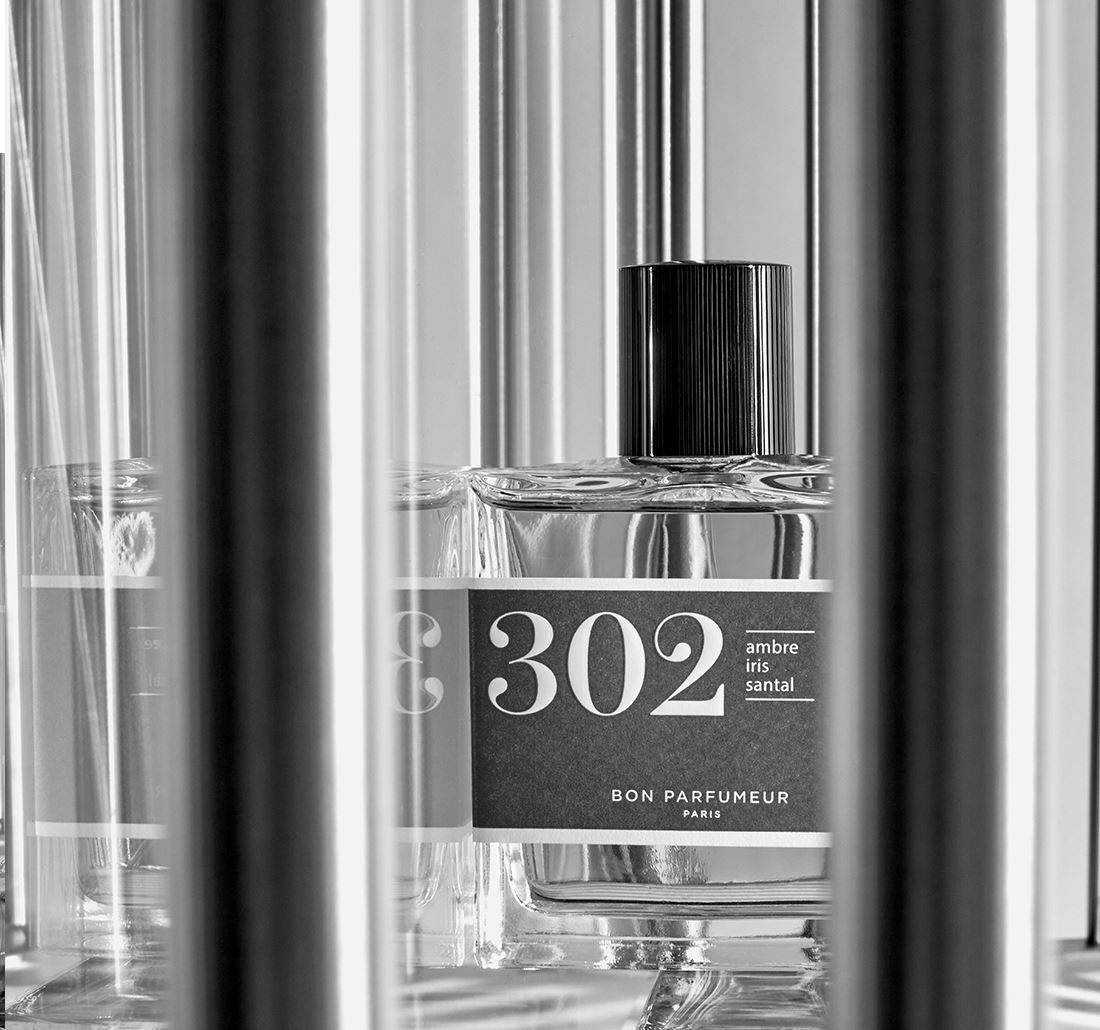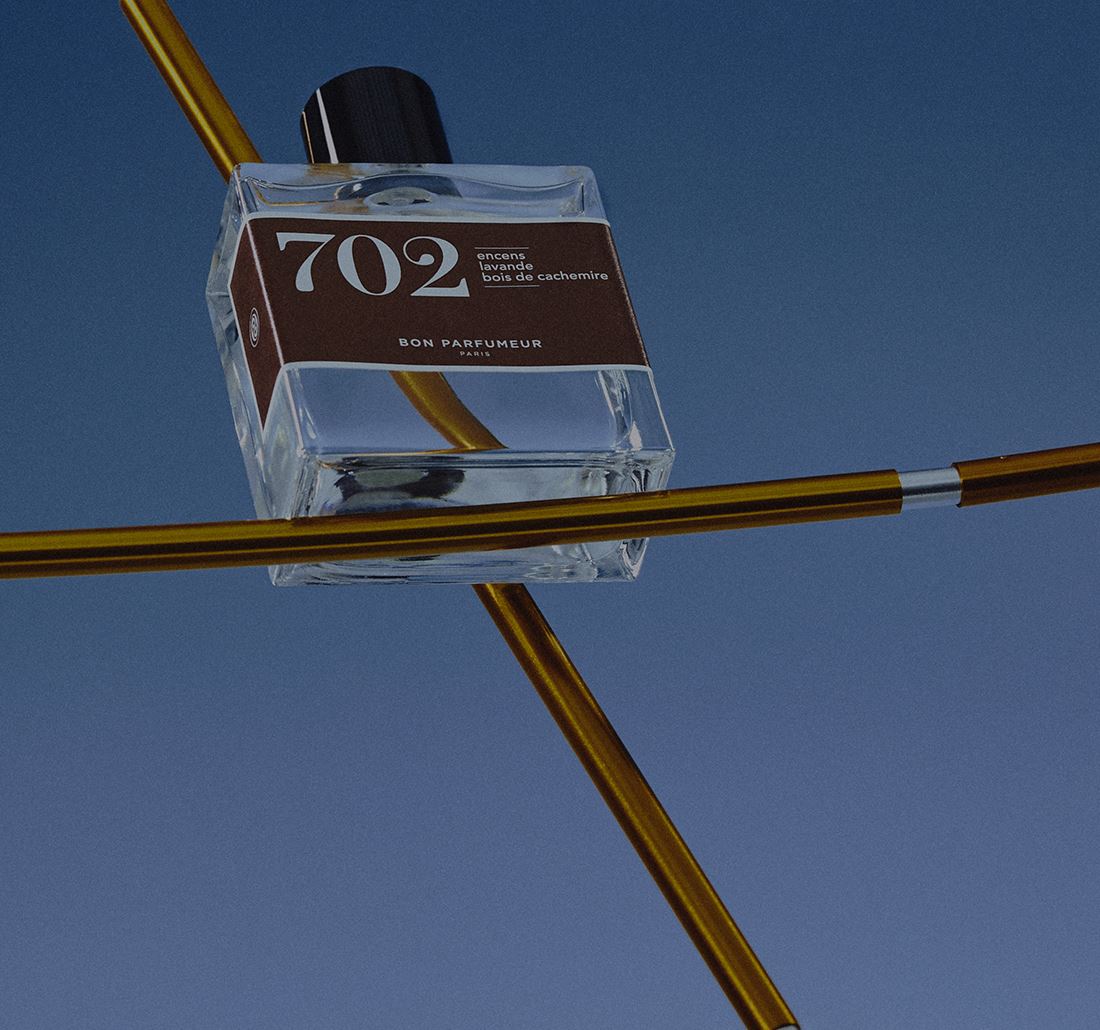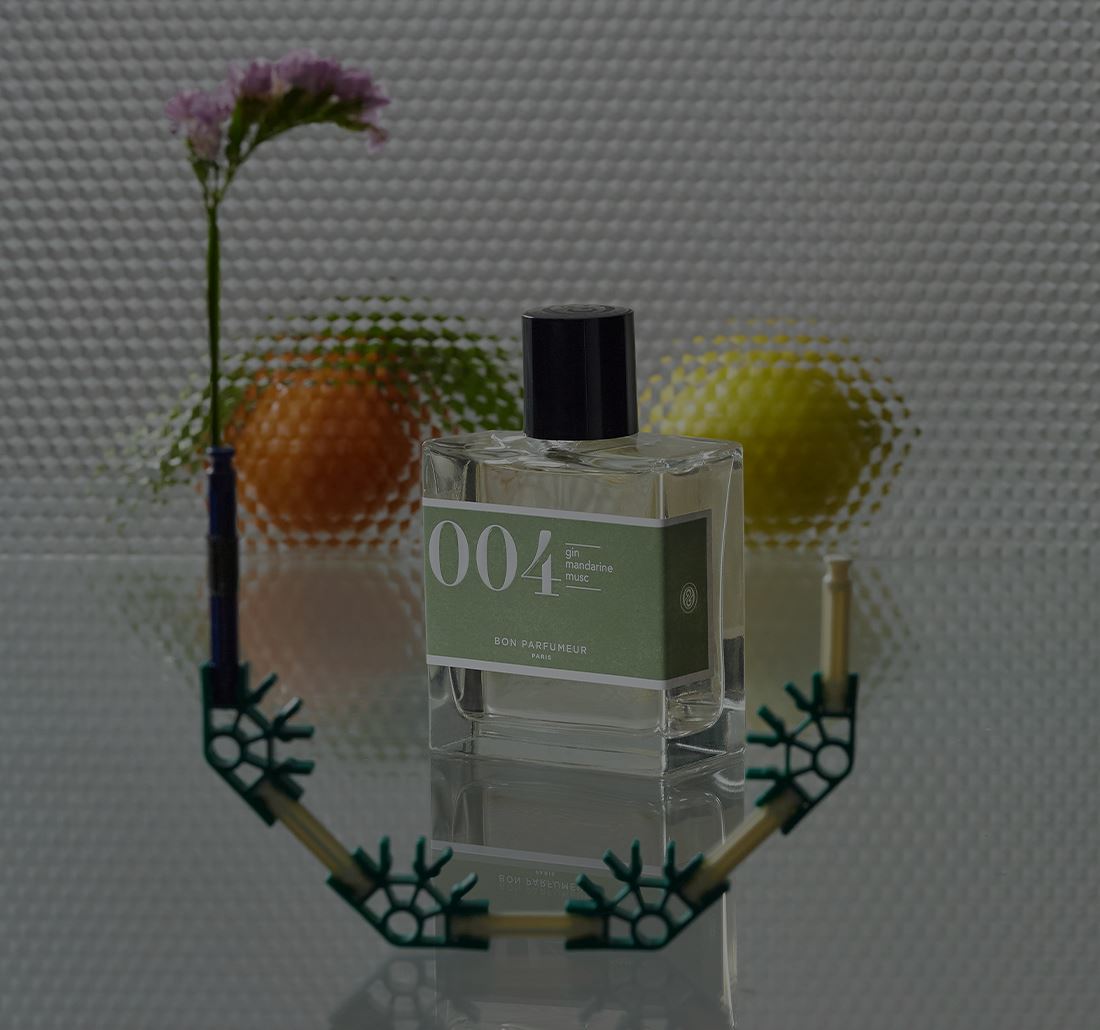SUMMARY
01. What is distillation?
02. The short history of distillation
03. How does perfume distillation work?
04. What types of essential oils can distillation produce?
Making your own eau de toilette isn't possible. Making perfume requires specific techniques when crafting essential oils to achieve high-quality raw materials. To obtain essential oils from certain plants, distillation is required.
What is distillation?
Distillation is a unique technique with a long history. Still widely used today, it produces essential oils that are then used in perfume making.
The short history of distillation
We know that the perfume distillation has existed since ancient times; it was the Greeks who figured out how to do it back then. It already required a large tank with an angled pipe and used the same principles.
It's necessary :
How does perfume distillation work?
In perfume distilleries , perfumers use stills. These are large steel tanks topped with serpentine pipes. To recover an essential oil, plants must be placed in them, then between 5 and 10 times the same volume of water added. The quantities vary depending on the flowers, plants, bark or roots being distilled. Everything must then be heated, the steam traps the fragrance of the plants and then rises in the serpentine pipe. As it cools, it forms condensation which is collected: this is floral water. The latter is decanted to separate the essential oil which is then recovered.
What types of essential oils can distillation produce?
Distillation can capture the aroma of many plants, barks, seeds and even some roots.
Distillation is one of the techniques for recovering odorous molecules from plants, but it is not the only one. We use other techniques such as enfleurage , expression and extraction , which have slightly different processes. Processes like Nature Print and the Softact are also part of our techniques for recovering odorous molecules, they are different from the usual processes and allow us to discover original notes that were previously inaccessible.





